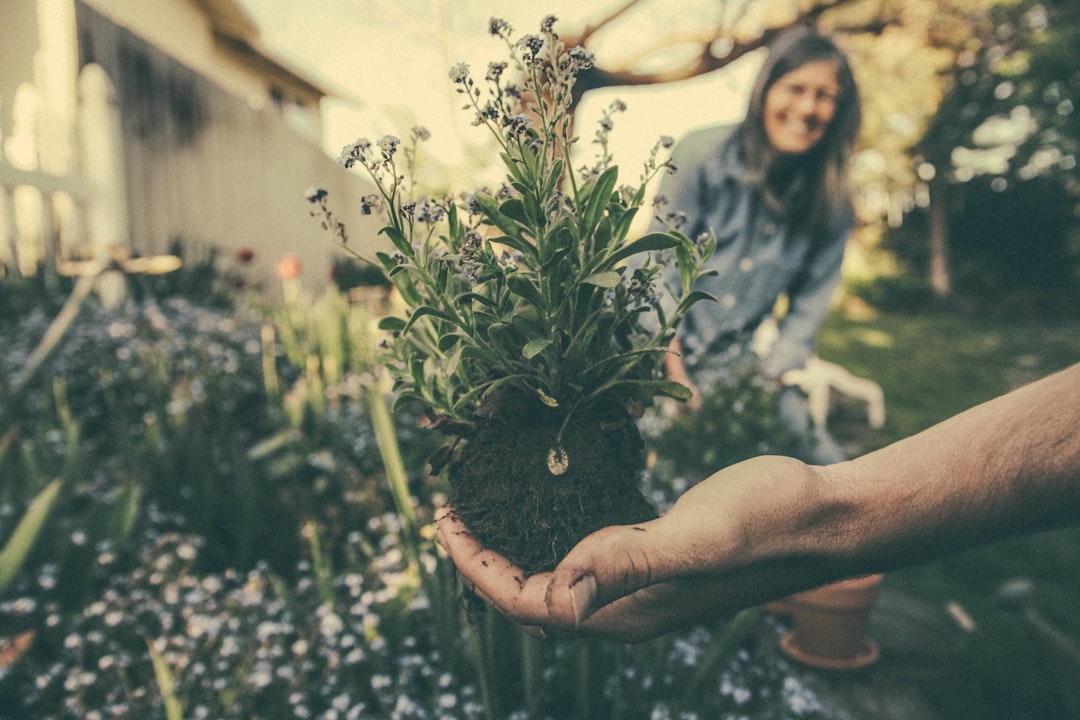Are you curious about gardening but unsure where to start? Does the thought of growing your own plants seem overwhelming? Don't worry—gardening is for everyone, no matter your experience level! Whether you have a tiny apartment balcony, a spacious backyard, or just a few windowsills, you can successfully grow a variety of plants and flowers with the right guidance. Here’s your essential Gardening 101 guide to get you started—no green thumb required!
1. Start Simple: Choose the Right Plants
The key to gardening success is selecting plants that are beginner-friendly and suited to your growing conditions. While some plants may require a bit more expertise, there are plenty of hardy and easy-to-grow options. For example:
- Herbs like basil, mint, and parsley thrive in pots or small garden beds.
- Leafy greens such as lettuce and spinach grow quickly and are forgiving for new gardeners.
- Flowers like sunflowers, marigolds, and zinnias are visually appealing and low-maintenance.
- Succulents and cacti are perfect if you're worried about over-watering or lack natural sunlight.
2. Understand Your Environment
Before you plant anything, take a moment to observe your environment. The amount of sunlight your space receives, the climate in your area, and the type of soil available all play a role in determining what plants will thrive.
- Light: Does your space get full sun, partial shade, or full shade? Some plants need direct sunlight for several hours a day, while others do well with minimal light.
- Soil: Healthy soil is crucial for plant growth. If you're unsure about your soil quality, consider purchasing a soil testing kit or enriching the soil with compost and organic matter to improve its texture and nutrient levels.
- Climate: Different plants are suited to specific climates, so make sure to pick varieties that are adaptable to the temperature and humidity of your region.
3. Plan Your Garden Layout
Once you’ve selected your plants, think about where you’ll place them. If you’re working with limited space, consider vertical gardening or using containers. For example, hanging baskets, window boxes, or raised beds can all maximize space. If you're planning a backyard garden, keep in mind the growth habits of your plants—how tall they get, how much space they need, and whether they prefer to be grouped together.
4. Start Small—Don’t Overwhelm Yourself
It’s tempting to go all in and plant a large garden, but starting small will help you gain confidence and experience without getting overwhelmed. Choose a few plants, and as you learn, you can expand your garden over time. Remember, gardening is a process, and you’ll improve with each step you take.
5. Water Wisely
One of the most common mistakes beginners make is over-watering or under-watering plants. To avoid this, make sure you’re familiar with the specific watering needs of each plant. Some need daily watering, while others only require it once a week. A good rule of thumb is to water when the soil feels dry to the touch, but don’t drown the roots!
In addition, watering in the early morning or late afternoon is ideal because it allows the water to absorb before the heat of the day causes it to evaporate. Avoid watering at night to prevent mold or mildew growth.
6. Keep an Eye on Pests
While pests are a natural part of gardening, there are simple ways to keep them in check. You can start by planting pest-repellent plants such as marigolds or basil. If you notice bugs on your plants, try using natural remedies like neem oil or insecticidal soap to keep them at bay.
Regularly inspecting your plants for signs of pests, disease, or nutrient deficiencies will help you catch problems early before they escalate.
7. Give Your Plants Some TLC
Caring for your plants is more than just watering them. They need attention, love, and patience to thrive. Pruning dead or overgrown leaves, providing support for tall plants, and checking the soil for signs of nutrient depletion all contribute to the overall health of your garden. It’s like nurturing a friend—you’ll get back what you put in!
8. Learn from Mistakes
Gardening is an ongoing learning experience, and you’re bound to make a few mistakes along the way. But that’s okay! Every misstep is an opportunity to learn and grow (pun intended!). Whether it’s over-watering, planting too early, or not giving your plants enough light, the key is to observe, adjust, and keep trying.
9. Celebrate Your Successes!
Once your plants begin to grow, take a moment to appreciate your hard work and dedication. Whether it's the first blossom on a tomato plant or the vibrant green leaves of your favorite herb, these little victories are rewarding. Gardening teaches patience and mindfulness, and the joy of seeing something you’ve nurtured bloom is worth all the effort.
Conclusion: Anyone Can Grow a Garden!
You don’t need a green thumb to start gardening—just a bit of curiosity and a willingness to learn. With the right plants, a little care, and a lot of patience, you’ll be well on your way to enjoying the fruits (and flowers) of your labor. Gardening is a journey, and anyone can embark on it, no matter where you begin. So, roll up your sleeves, grab some seeds, and start your gardening adventure today! You’ve got this!

Comments
No comments yet. Be the first to comment!
You must be logged in to comment. Login